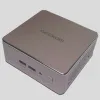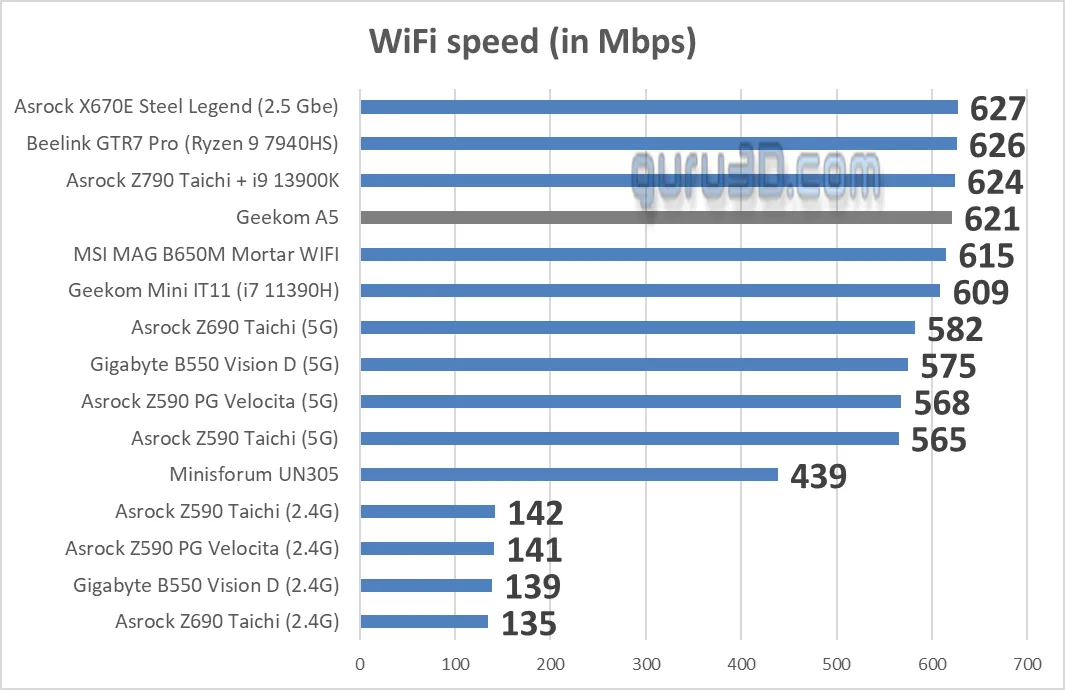Performance - Motherboard - Wireless WIFI 6 (802.11ax)
For our tests, we emulate what you would get performance-wise inside a multi-story house with a concrete ground and 1st floor, and also do a 5-meter test with the devices separated by walls. We test single-band 2.4 GHz and single-band 5 GHz. The router (host) is positioned at ground level, and we do the tests with the client in several locations.
Wi-Fi performance
Wi-Fi 5 is the 5th generation of Wi-Fi technology, also known as 802.11ac. It is a wireless networking standard that offers faster speeds and greater capacity than its predecessor, Wi-Fi 4 (802.11n). Wi-Fi 5 operates on the 5GHz frequency band, reaching up to 1.3 Gbps. It also has improved support for multiple devices, making it more suitable for use in crowded environments such as airports or coffee shops. Wi-Fi 5 devices are backward compatible with previous Wi-Fi generations, so they can still connect to older networks.
Wi-Fi 6 is the 6th generation of wireless technology, also known as 802.11ax. It is designed to improve upon the previous generation (Wi-Fi 5 or 802.11ac) by offering faster speeds, lower latency, and increased capacity. Wi-Fi 6-enabled devices can handle more data at once, resulting simultaneously, resulting quicker. Additionally, Wi-Fi 6 will be better equipped to handle many connected devices, making it ideal for crowded environments like airports and stadiums.
Wi-Fi 6E is an extension of the Wi-Fi 6 standard or 802.11ax, which is now supported on most motherboards. The E stands for Extended, and the major feat of the expansion is the addition of support for the 6GHz band, which runs from 5925MHz to 7125MHz. Compatibility with older Wi-Fi standards will remain, and Wi-Fi 6E will thus have three bands: 2.4GHz, 5GHz, and 6GHz. Below the AX 2.4 and 5 GHz, single-link connection.
Wireless AX draft 802.11ax technology was developed to optimize video streaming experiences. With an increasing number of WiFi devices in the home leading to greater internet consumption, gigabit WiFi speeds allow content to download faster and large video or music files to sync more quickly.


